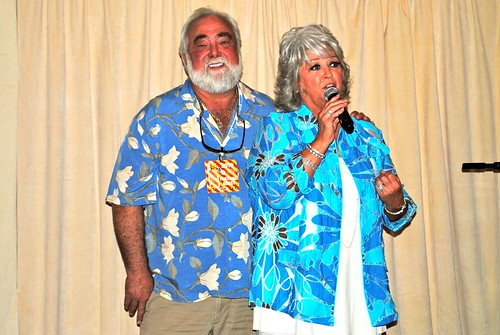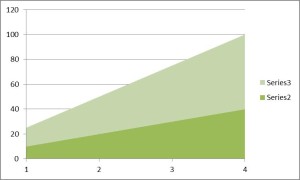
American celebrity chef Paula Deen is getting sued in a big way by a former employer of Uncle Bubba’s Oyster House, a restaurant that’s part of the Paula Deen empire. The Uncle Bubba in question is her brother, Bubba Hiers, and he’s been accused of sexual harassment and racial discrimination in a multi-million dollar lawsuit against Deen and her company[i]. Tonight I read Ms. Deen’s deposition in the lawsuit. The entire thing.[ii] And it made me think about the important of process and regulatory structure.[iii]
Institution-building has been taking some hits lately from some very smart people. (And also from me) Lant Pritchett has a particular insightful take on it in Folk and the Formula, where he differentiates between institutional structure and institutional competence. It’s easy to abandon institution strengthening, and its cousin, supporting good policy, as pointless exercises in isomorphic mimicry. It is certainly true that regulations on their own have no value.
It’s also true, unfortunately, that you can’t build a health system – or a justice system – or even an enjoyable football tournament – without getting some processes in place. You need clearly defined roles for stakeholders. You need a way for errors to be identified and corrected. You need everyone to get paid on time. Even if every single person involved is doing their very best to produce something good, that doesn’t happen without regulations, job descriptions – institutions, in fact. And the bigger the task you’re trying to achieve, the stronger and more complex the institution needs to be.
Which brings us back to Paula Deen. Based on the deposition, her restaurants don’t appear to have professional managers, a coherent financial management system, or defined roles for staff. Now, let’s assume for the sake of this blog post that 1) Ms. Deen is a well-meaning person who doesn’t want her employees to be harassed or abused[iv] and 2) the charges being brought against her are true.
In a best case scenario, Paula Deen gave her brother a restaurant to run and assumed everything would be fine because he was a good guy. And he was a good guy, but the shambolic lack of structure in her restaurants led to many employees being subject to racial and sexual harassment in a hostile work environment with no way to report the harassment and get help from well-meaning managers before it hit million dollar lawsuit level. In a worst case scenario, Paula’s brother is a sexually abusive jerk and the lack of structure allowed him to deliberately abuse staff.[v]
If you take a look at Yelp, Uncle Bubba’s Oyster House produces a solid meal of fried seafood. But according to the deposition, it’s also hemorrhaging money and being carried by the profit centers of the Paula Deen empire.[vi] It probably won’t get to provide seafood for much longer, and if it does it will drag down the quality of the other Paula Deen enterprises. Much like public university that graduates lots of students but doesn’t educate them, or a hospital with high patient satisfaction and terrible health outcomes.[vii]
Writing job descriptions and setting up a management structure won’t get the oysters fried or the tuberculosis treated. You need competent people. But competent people can’t do their jobs without a structure to do it in, whether that structure is a restaurant or the Ministry of Health. We’re not very good at building institutions that possess actual capacity. We’re still finding out what works. But we ignore the topic to our peril.
[i] The former employee is named Lisa Jackson and the deposition makes her sound like the sanest person in the whole mess.
[ii] Did you spend your evening alternating between nursing and rocking a cranky teething toddler? If not, you don’t get to judge my reading material.
[iii] It also made me think that Paula Deen is a sad, racist relic of a bygone era and she doesn’t sound like a happy person, but that’s not the point of this blog post. And reminded me of how much I dislike her from a public health standpoint. But that’s not the point of this blog post.
[iv] My personal theory is that she doesn’t recognize an abusive environment because of point #2 but that doesn’t contribute to the discussion.
[v] I suspect this one, sadly.
[vi] Mostly Ms. Deen herself. Apparently people buy tickets to hear her talk.
[vii] Yes, it happens. A shocking amount of patient satisfaction comes from quality of television programming in the hospital and whether the food is any good.




